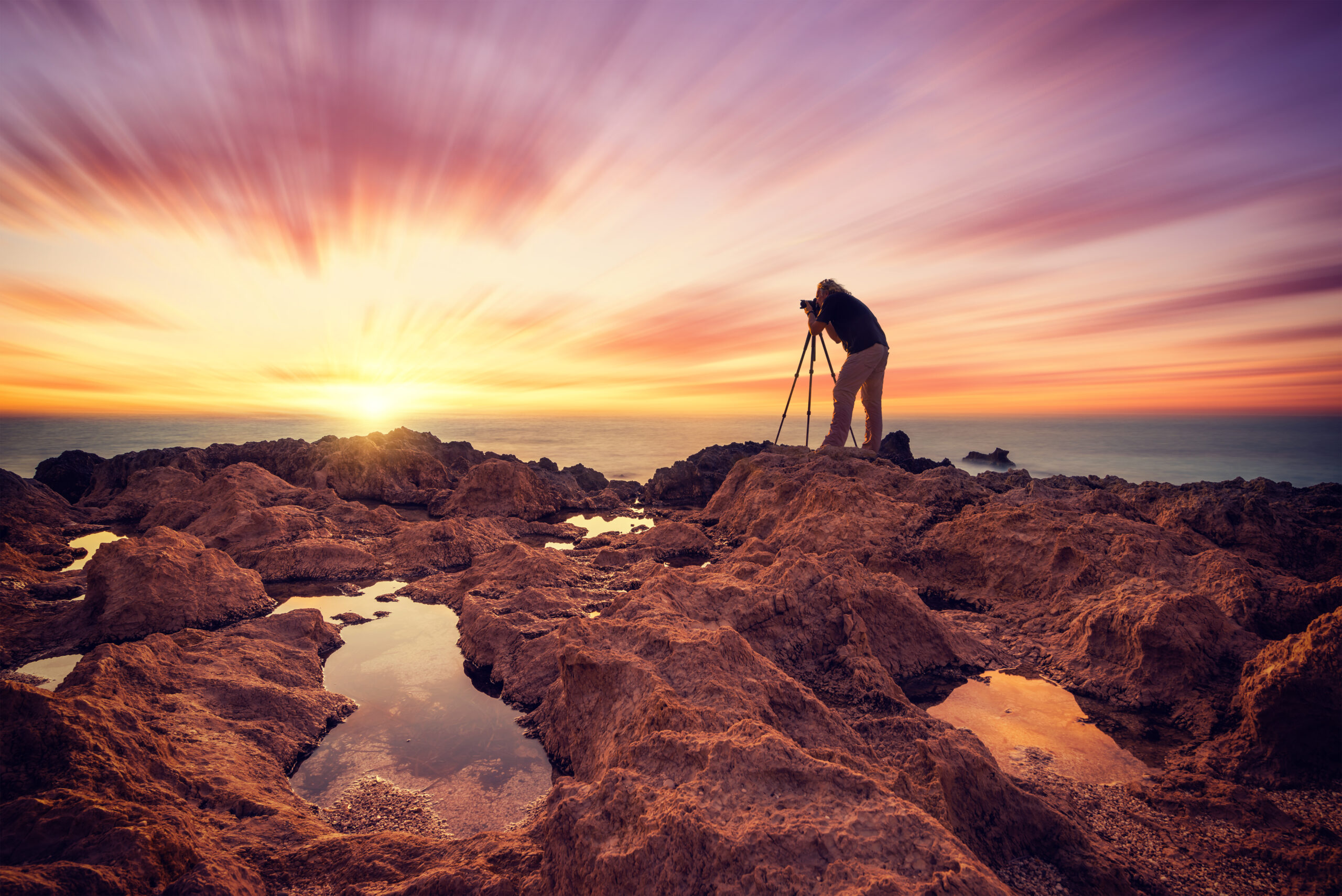At the beginning of my photography journey, I used to take random shots that hardly reflected any perspective. It took me a while to realize that when it comes to photography, it’s not capturing random subjects but more about curating a story.
I wondered why my photos didn’t get as much appreciation as others’ photos get. But the reality is I didn’t give it much thought before capturing those photos. When we see some award-winning photos, there’s a story, composition, and the play of lights in each photo.
But in order to get to that next level in photography, we must understand where to start. We can’t just take a few photos without context before we leave a location. We will pay more attention when we know how we can shift to taking good photos.
Composition to Bring Structure to Photos
A photo can hardly look good if we don’t include the right composition to tell a story. It’s one of the key elements that make a photograph that much better. But sadly, many beginner photographers overlook the importance of composition.
When we are capturing a scene or a story, without giving it any forethought, we think it will look good enough. However, if we study the photograph of any award-winning photographer, each image speaks through interesting composition.
Mostly all experienced photographers have a decent idea of how they are going to frame a shot. An expert will instinctively compose a scene regardless of the subject, be it wildlife or people or otherwise.
Be it in a dangerous area or in an area with the scenic beauty, an ace photographer will find their way to composite a shot. And through the addition of composition, we can slowly and steadily progress towards getting good photographs.
Add Correct Color Temperature
As the composition sets the frame of a photograph, the color temperature sets the tone of the image. It is critical to practice how white balance can affect your photography.
White balance allows you to capture a photograph with its realistic environmental color tones. For example, if you are in the mountains where the weather is cloudy, the environment will have a bluish tone. But if we don’t change the white balance, you won’t be able to capture the right color temperature.
If you want to improve your photographs, you have to ditch the auto white-balance mode and change the WB setting manually. You just have to go to the Manual, Aperture-Priority, Shutter-Priority, and Programmed Automatic modes of your camera and change the white balance based on the scene.
Try Different Perspectives While Taking Photos
Every one of us has seen similar types of photographs of a particular location over and over again. To be honest, I also used to neglect the importance of perspective as do most amateur photographers out there. It’s like capturing a scene same the old way: keeping the camera at eye level and clicking.
After a certain point, the same old perspective just gets boring. It’s important to incorporate exciting angles that change the perspective of a scene or a subject. When you change your perspective, everyone can see it differently with you.
Once you get into the habit of changing perspective, you are going to be more creative and your photographic ability will soar. Your photos will come out even better.
Fix Lighting Issues with Metering Modes
As we earlier discussed, composition and the right color temperature are important aspects of taking good photos. However, we can’t ignore the critical aspect of photography; that’s the right lighting. When the light is not right, an image can look not so enticing or meaningful.
In photography, each photograph requires a different mood of light to tell a story. Of course, we all know that some extraordinary photographs have great lighting. That’s the reason I am now practicing how to incorporate various light sources effectively.
If you are like me, a beginner photographer, check out how changing your camera’s metering modes makes a difference in lighting issues. When you use proper modes, it’s going to save your valuable time on shooting and editing.
Prevent Taking Blurry Images with The Right Settings
Even professional, ace photographers have taken blurry photos in their beginning years. It’s natural when we are just starting our journey. But if we don’t put a check on it, we may fail to notice slight blurriness.
Some parts of images can be blurry, but we usually don’t want our subject to be blurry due to the wrong camera settings. Here are a few things you can do to fix the issue:
- The shutter speed should be either equal to or more than the lens’s focal length. You can use any used Manfrotto tripod or other tripods and a shutter release cable to control any shutter speed.
- Previously, whenever I was using my Nikon prime lenses of 35mm and 50mm, I came across autofocus issues. You may face it with zoom lenses too. But we can easily fix the autofocus issue correctly.
- We all can agree that we love images with beautiful bokeh effects. But when the depth of field is small, it becomes tough to focus on moving subjects and when you are in low-light areas.
Use Exposure Compensation for Tweaking Photos
If you are using any used camera gear or a new DSLR, you have probably come across an exposure compensation scale. But most photographers don’t utilize it to take better photos. However, we can’t use the scale in auto modes, only in shutter-priority and aperture priority modes.
We don’t want metering a complete scene again to change exposure settings. Also, you can’t use exposure compensation in the manual mode of a camera setting. Exposure compensation allows you to add more light or remove more light when you are using shutter-priority or aperture-priority modes.
You will be able to bring in three stops more light or three stops less light digitally, depending on the scene. What’s best about exposure compensation is it won’t change the aperture, shutter speed, ISO, and depth of field of your camera setting.
When a friend of mine suggested it, I was skeptical about it. But when I tried it a few times, I was dumbfounded for not knowing the magic of exposure compensation. Now, I am super excited to master exposure compensation to create magic through photos.









